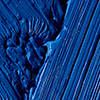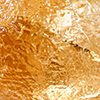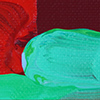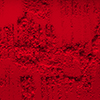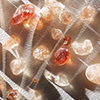Indigo
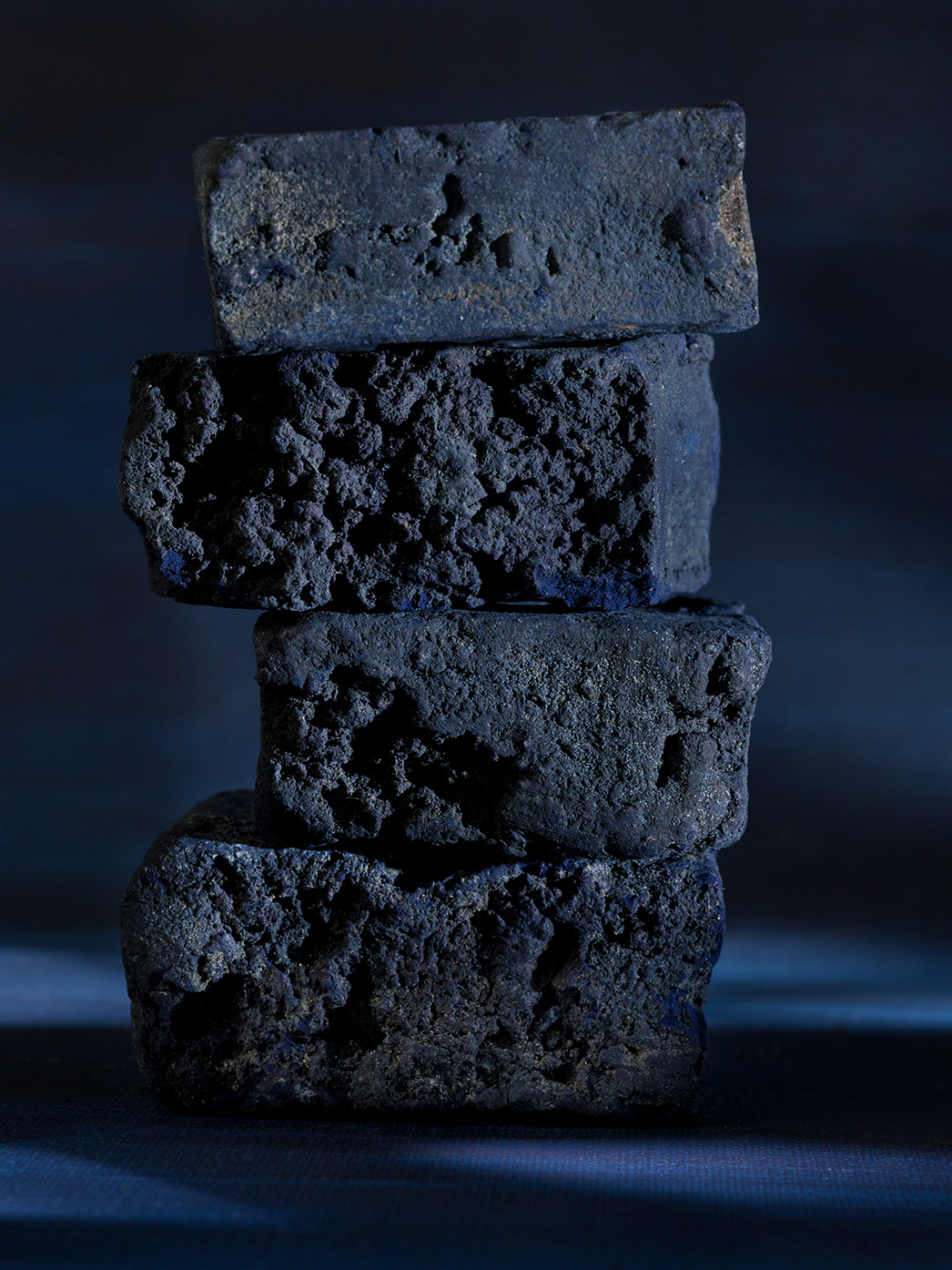
FOR MANY CENTURIES, INDIGO WAS THE MOST IMPORTANT DYE IN THE WORLD.
Indigo has been used either as a pigment or a dye from very early times in India and in Egypt. It is referred to under the name of indicum by Pliny; later on the Byzantine writers called it azorium Romanum. ‘Indigo bagadel’ – that is, indigo of Bagdad – is named as early as 1228 in the Marseilles tariffs; in the early English accounts relating to painting works (1274) it is called ‘indebas.’ In the fourteenth century it was designated as ‘ind,’ ‘inde,’ and ‘ynde.’ ‘Endego’ and ‘indico’ were used in the sixteenth and seventeenth centuries. It was first largely imported from India into Europe in the seventeenth century by the Dutch.
It was used for textiles and wall paintings in the ancient world and it also helped support the British Empire. Heralded as Britain’s most lucrative Asian export, indigo was used in vast quantities for mass-produced items like military uniforms.
Indigo is a molecule that is extracted from the leaves of the Indigofera tinctoria plant. First cultivated in the Indus Valley more than 5000 years ago the plant was called nilah (dark blue). The word indigo is derived from the Latin word indicum (coming from India).
The method of production of indigo dye has not changed in hundreds of years. It is prepared from the freshly-cut plants, or from the dried foliage. Bundles of indigo leaves are put in a deep vat that is filled with warm alkaline water. Logs are placed on top of the leaves to keep them submerged until the dye is drawn out through fermentation. When the water turns green, the liquid is transferred to a second tank. The indigo workers stand inside the tank and beat the liquid energetically with their legs to start the oxidisation process. A foamy blue froth covers the surface of the liquid as solid particles form and sink to the bottom of the vat. The precipitate is moved to a copper cauldron and boiled to reduce it to a paste. The dye is extracted, dried and sold as cakes of ‘blue-gold’. Unlike most natural organic dyes, indigo can be used in pure, powdered form as a pigment rather than having to be made up as a lake.
Indigo (C16H10N2O2) does not exist ready-formed in the plants which yield it, but occurs in the form of a colourless compound, or glucoside, which, by combining with water, splits up into a sugar and indigo. Indigo is easily oxidized by a very large number of substances rich in oxygen, yielding a yellow product called isatine; it is converted into a colourless body (C16H12N2O2) by many reducing agents.
Indeed, several of the processes of purifying indigo depend upon the reduction of the blue colouring substance, or ‘indigotin,’ into ‘white indigo,’ and the subsequent precipitation of the blue matter by exposure to the oxygen of the air.
Indigo frequently receives no purifying treatment previous to its being ground into a fine powder suitable for admixture with oil or with gum and the other media of water-colours. The necessity of choosing the purest and finest samples of the commercial dye-stuff is of course evident, but it is better in every case to adopt the processes of purification named in the preceding paragraph, No sample of purified indigo should leave, after being burnt, more than 3 per cent. of ash.
This rich and transparent blue is, unfortunately, gradually oxidized and browned when exposed to light. In thin washes of water colour it disappears rapidly in the sun’s rays, much more slowly when submitted to diffused daylight.
Indigo in cake is sometimes less affected by sunlight than the moist preparations. As an oil-colour, indigo loses from one-third to one-half of its intensity when exposed to sunlight for five years, its hue being at the same time altered, in different specimens, either to a greyish or a greenish blue; the change is more conspicuous when the indigo has been mixed in tint with flake or another white.
Artificial or synthetic indigo was developed in 1880. By 1913 it had largely replaced the natural crop. Although characterised by freedom from impurities, both organic and inorganic, does not offer any advantages over the natural product.
